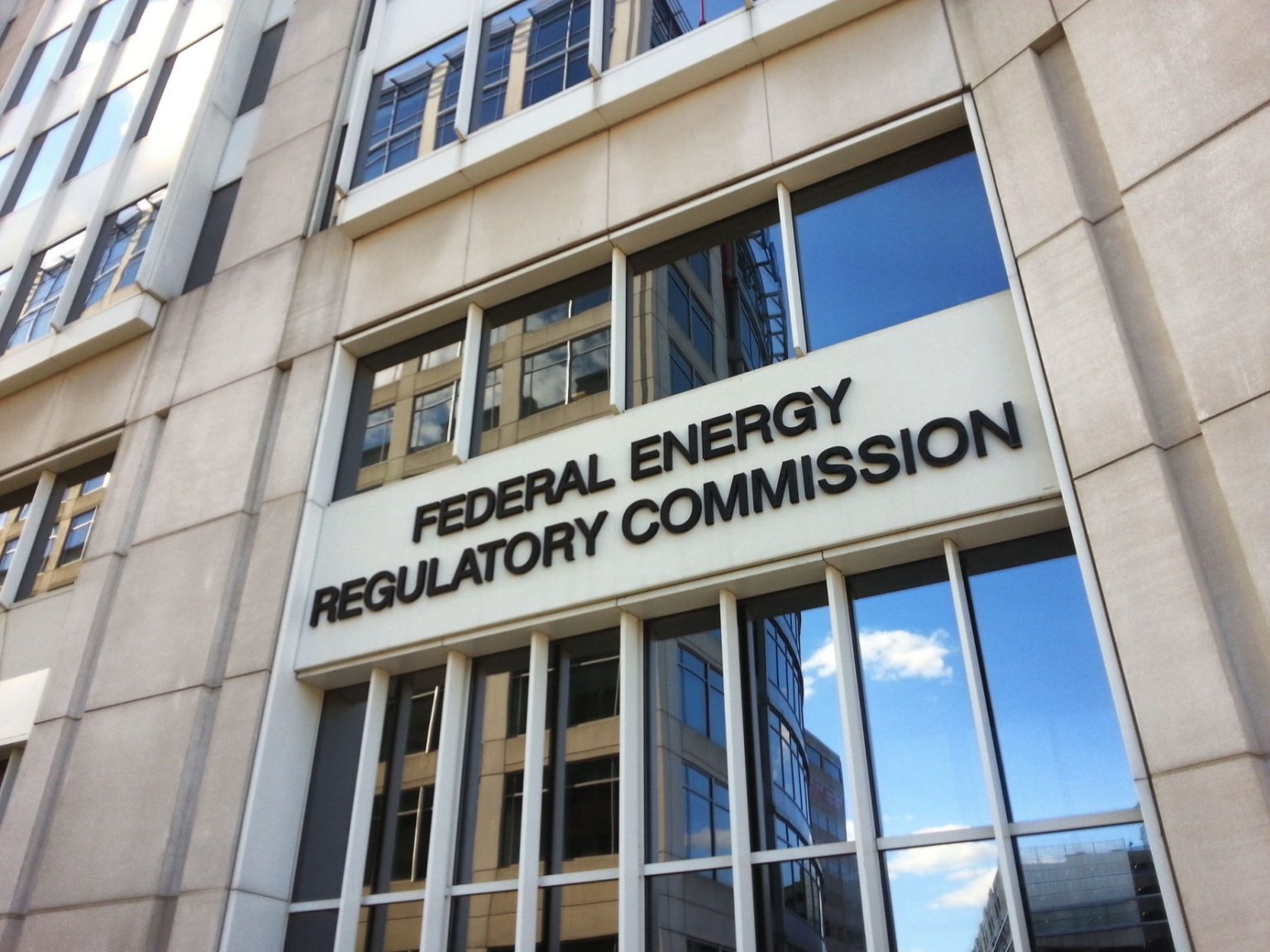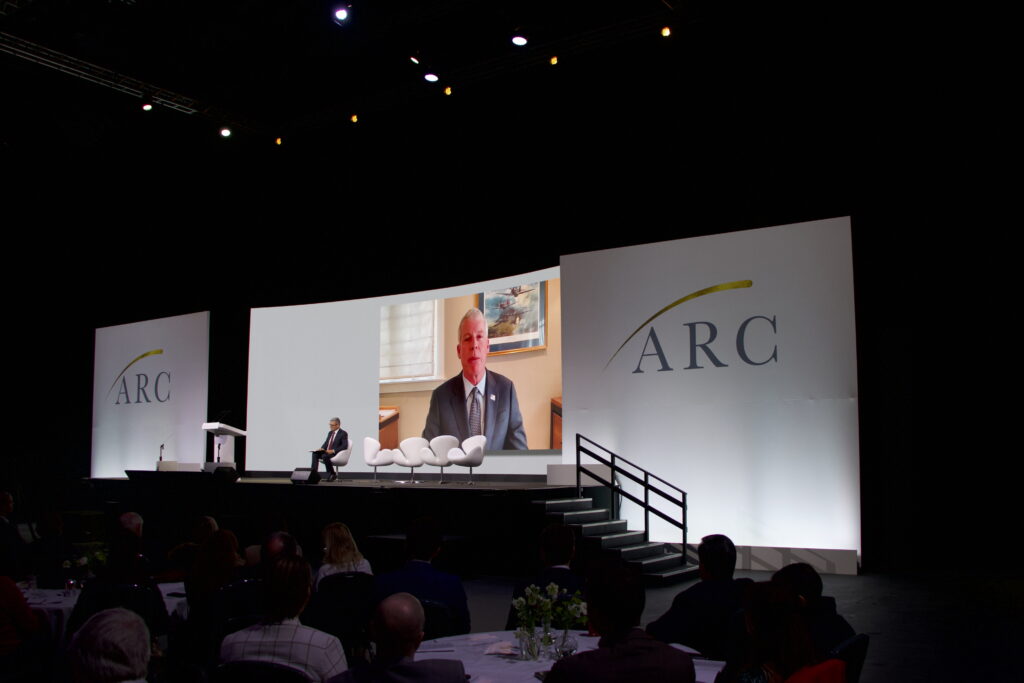The Federal Energy Regulatory Commission (FERC) concluded in an environmental assessment that a proposed Spectra Energy gas compressor station in a residential Massachusetts neighborhood would not increase the risk of cancer in nearby residents.
However, it came to this conclusion via a questionable route — by citing a study done by a firm simultaneously working for Spectra.
Questionable Comparisons
In May this year, FERC published its environmental assessment for Spectra’s proposed Atlantic Bridge Project, an upgrade to its Algonquin Pipeline.
One of the most controversial segments of the project is the construction of a gas compressor station in the town of Weymouth, Massachusetts. The proximity of the station to private homes and a school triggered fierce opposition from many of the town’s residents and elected officials.
To address these concerns, FERC staff used a recent study on pollution and cancer risks conducted on compressor stations for a different project, Dominion Transmission Inc.’s New Market.
That study found that those compressor stations, which were supposedly larger in size than the proposed Weymouth station, would not pose an increased risk to human health. The study based its findings on air samples provided by the applicant company, Dominion, rather than by an independent third party.
To assist its staff in the New Market study, FERC hired TRC, a private environmental and engineering consulting firm. Yet TRC is also Spectra’s main environmental contractor for the Atlantic Bridge pipeline upgrade project. In fact, TRC has been working continuously for Spectra on its various upgrades to the Algonquin Pipeline since at least 2012.
TRC and FERC’s staff conducted the study on the proposed compressor stations for the New Market Project throughout the greater part of 2015.
During this entire time, TRC was also working directly for Spectra on Atlantic Bridge and its related gas pipeline project, Algonquin Incremental Market. FERC documents show that one of TRC’s employees who participated in the New Market study, Ryan Hale, even worked on Algonquin Incremental Market until at least 2014.
In its comments on the Atlantic Bridge environmental assessment, the U.S. Environmental Protection Agency (EPA) flagged the potential problems of applying a pollution study from one project to another, writing: “It is not clear… this conclusion considers the specific meteorological and topographical features of the Weymouth site or the location of the nearest residential areas, including the EJ [environmental justice] areas.”
From EPA’s comments on the environmental assessment for Spectra’s Atlantic Bridge project
Still, in its comments the EPA seemed to accept FERC’s assertion that there wasn’t sufficient time to conduct such a specific analysis for the Weymouth compressor station before the publication of the environmental assessment. Instead, the EPA said it would suggest a broader study of these issues in the review of Spectra’s planned upgrade to the Weymouth facility in its proposed Access Northeast pipeline upgrade project.
Another in a Long Line of Conflicts of Interest
This recent revelation joins a number of other potential conflicts of interest in the review of Spectra’s projects in the Northeast region, as previously reported by DeSmog.
For starters, Natural Resource Group, the third-party contractor hired by FERC to review the projects, was working at the time for Spectra on a related pipeline, PennEast, suggesting it may have had an interest in approving Algonquin Incremental Market and Atlantic Bridge.
Further, the husband of Maggie Suter, the FERC project manager overseeing the review of these two projects, was simultaneously consulting Spectra on a related project. Incidentally, Maggie Suter was also part of the team conducting the New Market risk assessment that was applied to Atlantic Bridge.
A final ruling by FERC’s commissioners on whether or not to approve the Atlantic Bridge pipeline upgrade project is expected in the near future.
DeSmog asked FERC who thought to apply the New Market study to Atlantic Bridge and whether TRC knew the study would be used in Spectra’s proposed project, which TRC was consulting for at the same time.
Mary O’Driscoll, a FERC spokesperson, said:
“FERC’s Office of Energy Projects’ staff directed and reviewed TRC’s methodology, which was done in accordance with EPA’s 2005 Human Health Risk Assessment Protocol for Hazardous Waste Facilities, and guided TRC’s work during the preparation of New Market’s Human Health Risk Assessment (HHRA). OEP staff had final say on all aspects of the preparation of the HHRA. We stand behind the methodology and conclusions. The HHRA was issued for public comment, and no issues arose during the New Market project review that invalidated the results of the HHRA. Use of this study in the analysis prepared by staff for the Atlantic Bridge Project is under consideration by the Commission.”
A TRC spokesperson said the company needed to consult its client before providing a comment, which was not supplied at the time of publication.
Main image: Federal Energy Regulatory Commission Credit: Ryan McKnight, CC BY 2.0
Subscribe to our newsletter
Stay up to date with DeSmog news and alerts








